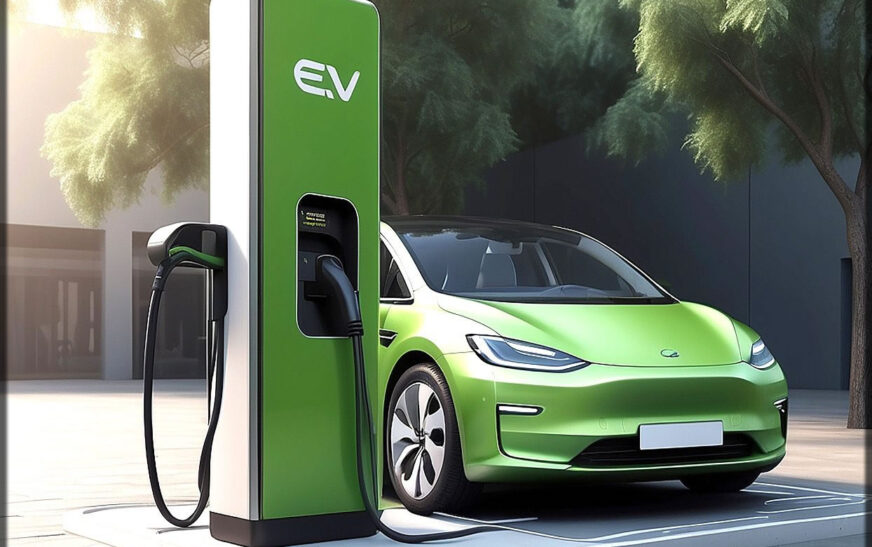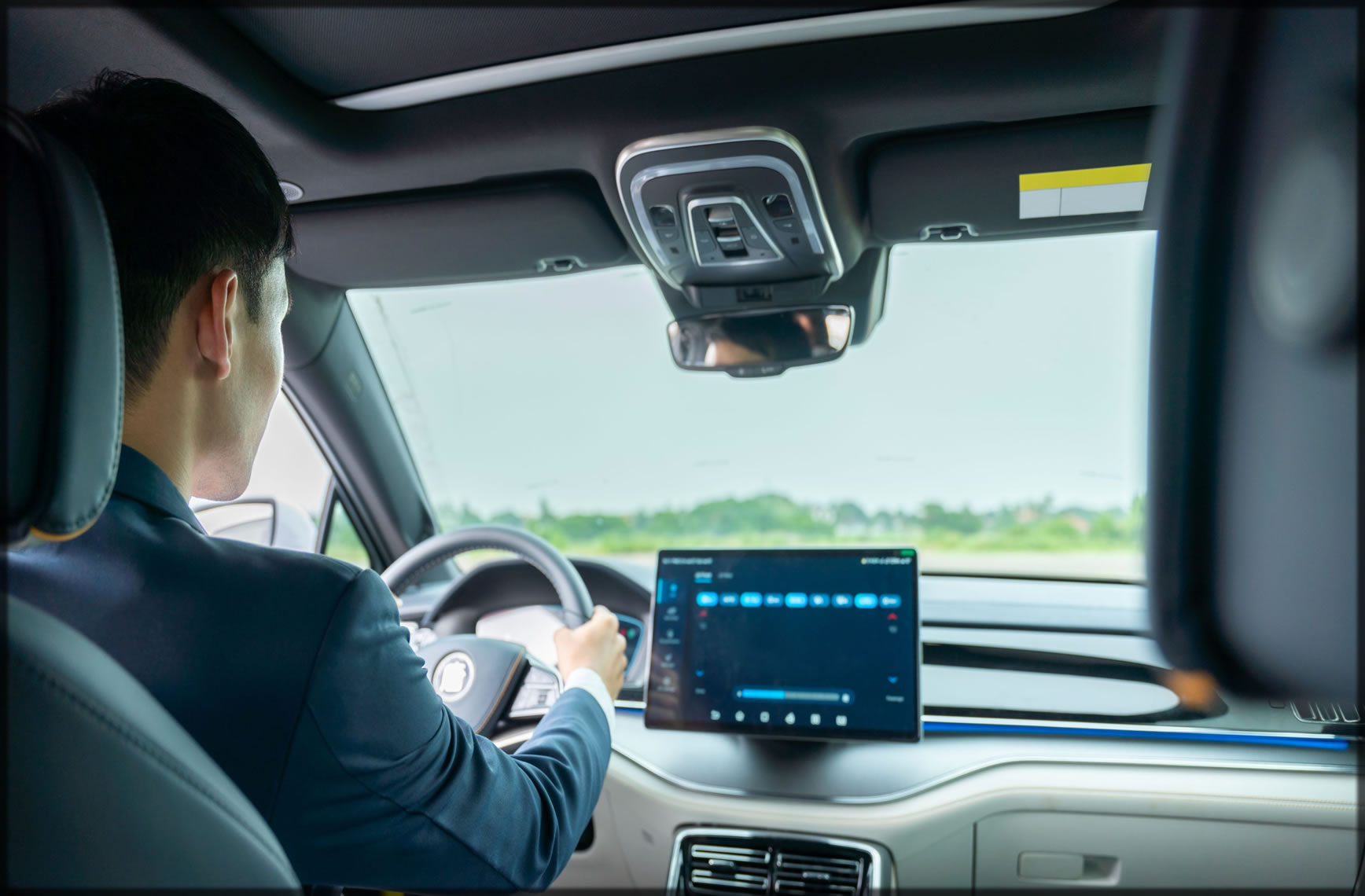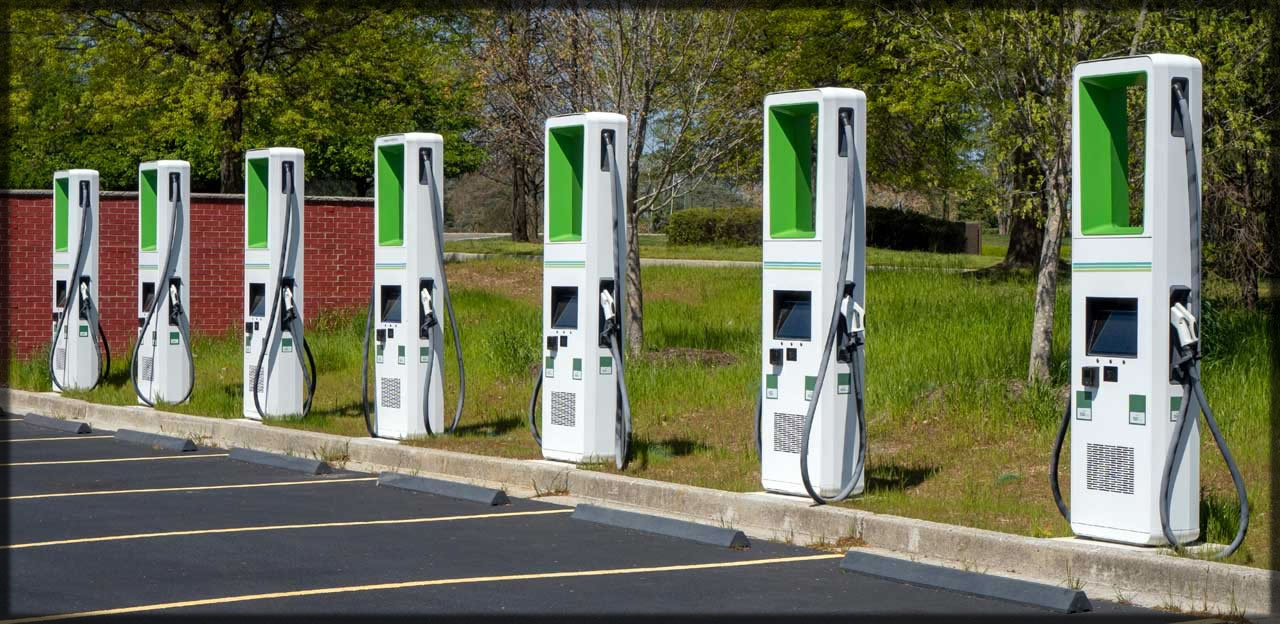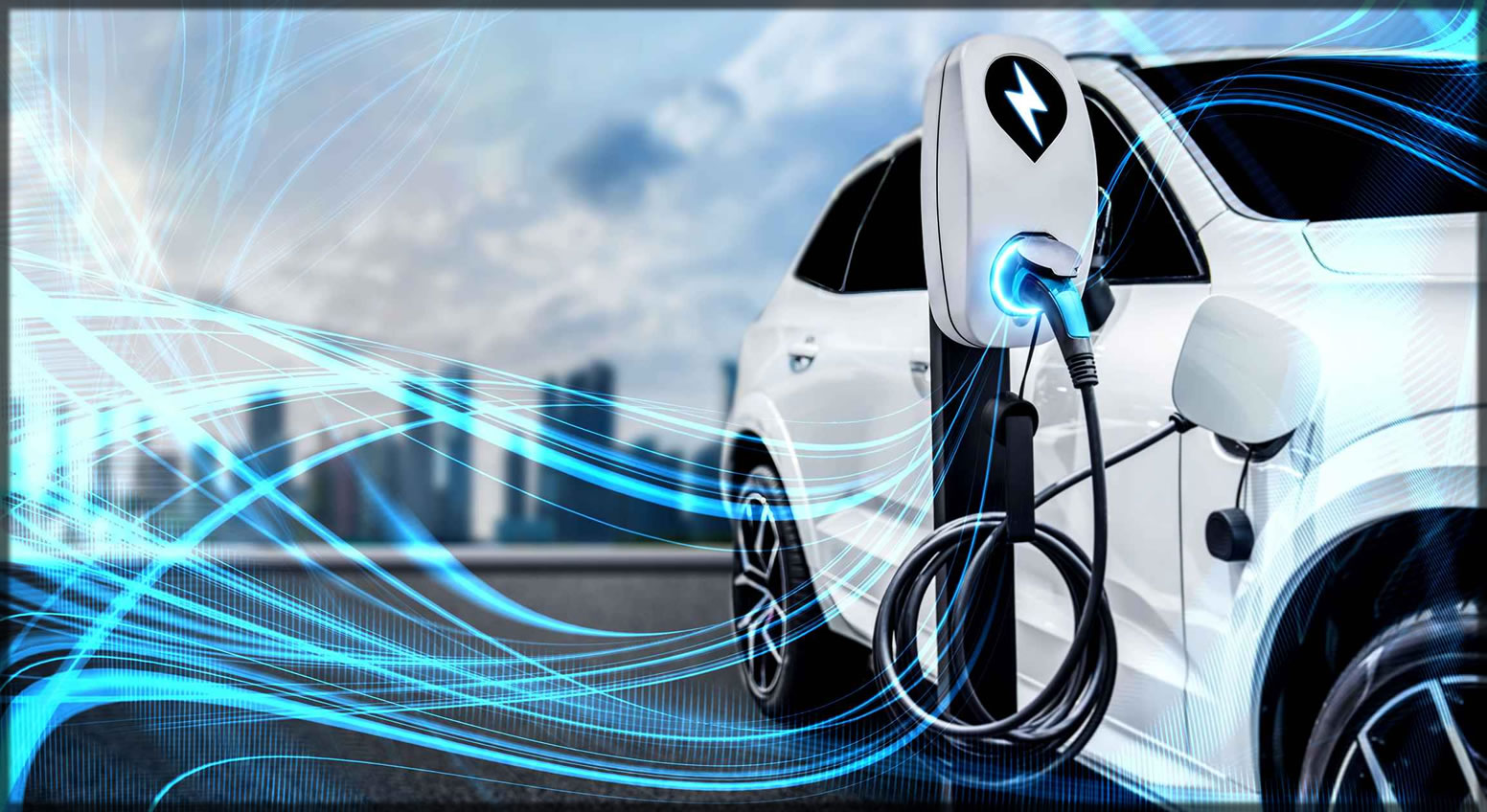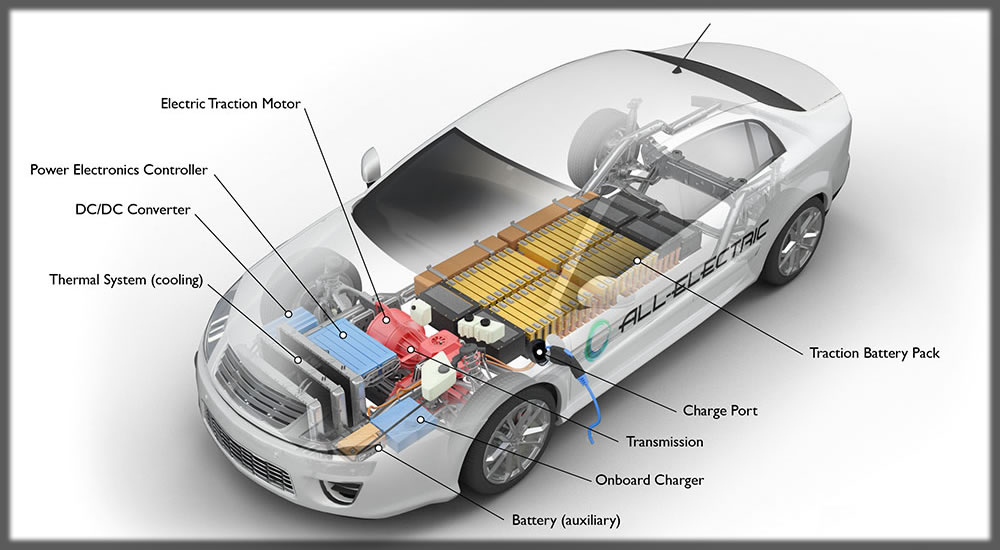The Advent of Autonomous Electric Vehicles. The automotive industry is being reimagined through the union of two cutting-edge technologies: autonomous driving and electric cars (EVs). Autonomous electric cars (AEVs) represent the future of transportation, combining electric mobility’s environmentally friendly character with autonomous driving’s efficiency and ease of use. With continued development in artificial intelligence (AI), battery technology, and car connectivity, AEVs will redefine how goods and humans move about.
The History of Autonomous Car Technology
Autonomous driving technology started development many years ago, with first trials in autonomous automobiles starting in the 1980s. Nevertheless, it wasn’t until in recent years that AI technology, high-resolution sensors, and powerful computers have made self-driving technology a reality. Autonomous automobiles (AVs) rely on a combination of cameras, radar, LiDAR, and GPS to drive, detect obstacles, and make real-time driving decisions in real-time, free of any intervention from humans. Autonomous automobiles use deep learning algorithms and neural networks to scan massive amounts of information, improving their ability to detect trends in traffic, street signs, pedestrians, and other automobiles.
Autonomous driving is divided into six categories, with Level 0 (no automation at all) and Level 5 (complete automation). Most new EVs feature Level 2 and Level 3 automation, including high-tech driver assistance programs (ADAS) such as adaptive cruise, lane-keeping, and parking automation. Tesla, Waymo, and General Motors, for example, have Level 4 and Level 5 autonomous technology in development, intending to remove humans altogether.
Why Electric Vehicles Are the Ideal Platform for Autonomy
Electrified vehicles have been seen as the perfect platform for autonomous driving for several significant reasons:
1. Simpler Mechanics – Unlike ICE cars, EVs have fewer moving parts, less mechanical complexity, and less maintenance. That keeps them simple and less expensive for autonomous fleets.
2. Advanced connectivity– All new EVs feature cloud connectivity, over-the-air software updates, and smart diagnostics, all of which will become increasingly important for autonomous systems to develop and mature for years.
3. Instant Torque and Smooth Driving – Electric vehicles provide instant torque and smooth acceleration, which makes them well-suited for precise and controlled autonomous driving. They also offer quiet driving, which contributes to the passenger experience.
4. Energy Efficiency and Sustainability – Autonomy and electrification together maximize energy efficiency, reduce emissions, and contribute to worldwide sustainability goals. Autonomous EVs can be programmed with efficient driving techniques, conserving battery life and unnecessary acceleration and braking.
5. Smart City Integration – Autonomous EVs can seamlessly integrate with future smart city infrastructure, leveraging AI-managed traffic management platforms to reduce congestion, enhance security, and maximize urban mobility.
The Role of AI in AEVs
AI is the core of autonomous vehicles, enabling them to perceive, make intelligent decisions, and learn and improve over time. AI algorithms process data from an array of sensors to identify and classify objects, predict the behaviour of other road users, and make quick driving decisions. Tesla’s Full Self-Driving (FSD) software, Waymo’s autonomous platform powered by AI, and Cruise technology produced by General Motors are a few examples of AI-powered driving platforms that gain expertise and become smarter with real-life driving experiences. With every drive, such platforms become even more capable of handling a range of driving scenarios and unpredictable events.
Potential Advantages of Electric and Autonomous Vehicles
The adoption of AEVs can have a variety of transformational impacts:
1. Improved Safety – The majority of automobile accidents are caused by human errors. AEVs, through their advanced sensors and decision-making abilities powered by AI, can reduce accidents and make driving safer for all.
2. Reduced Traffic Congestion – Autonomous cars can work together with traffic infrastructure in a way that optimizes traffic flow, reducing journey times and congestion.
3. Lowered Cost of Mobility – Autonomously driven EVs can make ride-hailing, public transportation, and shipping less expensive through less demand for human drivers and efficient use of energy.
4. Greater Accessibility – AEVs can make mobility accessible for the disabled, seniors, and unlicenced persons, enhancing independence and access.
5. Environmental Gains – With electrified, autonomous cars instead of conventional gasoline-powered automobiles, city streets can curtail greenhouse and air emissions, ushering in a cleaner, greener future for all.
Challenges and Obstacles to Adoption
Despite their potential, AEVs have several obstacles to overcome for widespread acceptance:
1. Regulatory and Legal Challenges – First, governments and policymakers have to enact proper protocols and regulations for autonomous cars for them to become prevalent.
2. High Cost of Development – High development costs for autonomous driving technology, including AI training, sensor hardware, and testing for safety,
3. Public Trust and Adoption – There will be general concern over security with autonomous cars. Public trust will have to be gained through careful testing and real-life demonstration for acceptance to occur.
4. Infrastructure Limitations – Cities will need to make investments in smart infrastructure, such as vehicle-to-everything (V2X) communications and smart traffic lights, to integrate AEVs into transportation infrastructure seamlessly.
5. Cybersecurity Threats – With software and cloud-dependent, networked and AI-facilitated cars, cybersecurity threats could become an issue, and strong cybersecurity controls will be in demand.
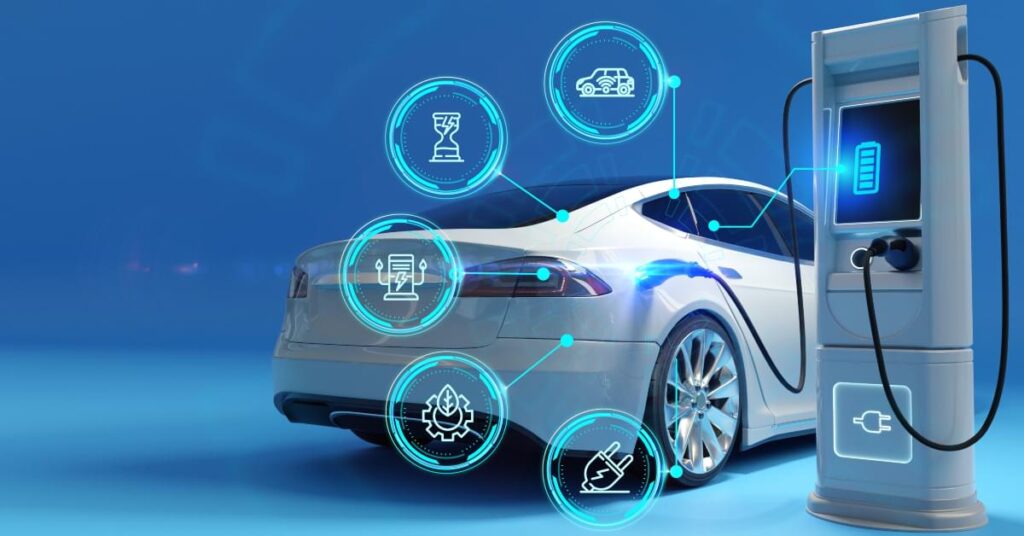
The Electric Car of Tomorrow
The outlook for AEVs is promising, with several car and tech firms vying to bring full-autonomous electric vehicles to the market. Tesla, Waymo, Apple, and conventional automobile manufacturers like Ford, GM, and Volkswagen are investing billions of dollars in autonomous and electric mobility technology.
In the ten years to follow, we can expect to see autonomous delivery trucks, AI-managed public transportation networks, and autonomous electric taxis becoming widespread in city centres. Autonomous car pools for ride-share could revolutionise transportation with fewer cars and less environment footprint, less car ownership, and less urban development. As AI, battery tech, and car connectivity keep advancing, autonomous electric cars can revolutionize the way humans move around, making transportation safer, more efficient, and more sustainable than ever before.





